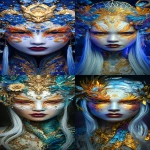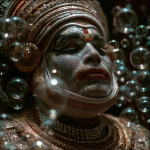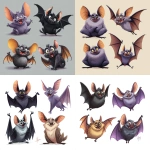Explore the Best AI Image Gallery
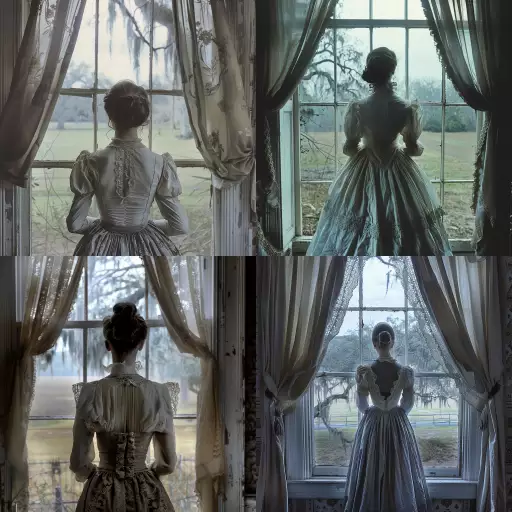
AI-Powered Images: Reshaping the Landscape of Product Photography
The world of product photography is undergoing a rapid transformation, driven by the emergence of artificial intelligence (AI). From automating tedious tasks to generating stunning visuals, AI is reshaping how brands present their products to consumers.
Streamlining Workflows with AI
One of the most significant impacts of AI in product photography is its ability to streamline workflows and increase efficiency.
- Image Editing: AI-powered tools can automate tasks such as background removal, object selection, and color correction, saving photographers countless hours.
- Batch Processing: AI algorithms can process multiple images simultaneously, making it possible to edit hundreds of photos in a fraction of the time.
- Image Generation: Some AI systems can even generate entirely new product images from scratch based on text descriptions or existing templates.
Pushing Creative Boundaries with AI
Beyond efficiency, AI is also empowering photographers to explore new creative possibilities.
- Personalized Product Images: AI can create unique product variations based on customer preferences, allowing for personalized marketing campaigns and a more engaging shopping experience.
- 3D Modeling and Rendering: AI-powered tools can generate 3D models from product images, enabling photographers to create immersive product visualizations and interactive experiences.
- Virtual Product Placement: AI can seamlessly integrate products into virtual environments, opening up possibilities for creative storytelling and advertising in the metaverse.
Ethical Considerations
While the potential of AI in product photography is immense, it also raises important ethical considerations:
- Transparency and Authenticity: Its crucial to clearly distinguish between AI-generated images and those captured by human photographers. Consumers should be informed about the origin of the images they see.
- Bias in Algorithms: AI algorithms can inherit biases from the data they are trained on, potentially leading to unfair or discriminatory representations in product photography. Its important to ensure that AI systems are developed and used responsibly to avoid perpetuating harmful stereotypes.
- Job Displacement: As AI automates tasks traditionally performed by human photographers, there are concerns about potential job losses. However, its also likely that AI will create new roles and opportunities in areas such as AI development and creative direction.
Future Trends
The future of AI in product photography is bright, with ongoing advancements poised to further revolutionize the industry:
- More Realistic and Immersive Images: Expect to see AI-generated images that become even more realistic and lifelike, blurring the lines between the virtual and physical worlds.
- Hyper-Personalization: AI will enable brands to create highly personalized product experiences tailored to individual customer preferences, using data to generate customized images and recommendations.
- Integration with Emerging Technologies: AI in product photography will likely become increasingly integrated with other emerging technologies such as augmented reality (AR) and virtual reality (VR), creating interactive and engaging shopping experiences.
Conclusion
AI is rapidly transforming the landscape of product photography, offering both exciting opportunities and important challenges. By embracing AI responsibly and ethically, brands can leverage its power to create more engaging, personalized, and efficient product presentations that captivate consumers in the digital age.





](https://images.ai-img.art/thumbnails/150/5197af8969d850e2a43e141d41e482ccbceedebceb2a4caf9f098f943f9d1b0f.webp)




](https://images.ai-img.art/thumbnails/150/485c8b1c747827bdc9a962f8a1919b3c259b18dd263b260208a1eae19fb85e07.webp)
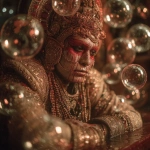

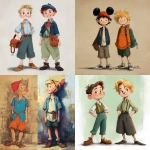





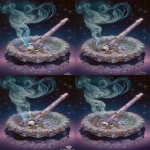








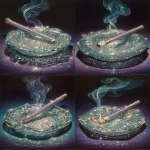



](https://images.ai-img.art/thumbnails/150/269414b0e541026702e9e67c67602c96162f37ff460a388b3b36314c8fc936dd.webp)
](https://images.ai-img.art/thumbnails/150/3020b8c2b6d9be07e042357107af1de10deb274a41d2b0f332684ad4b532a702.webp)

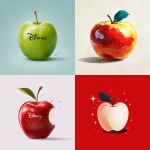




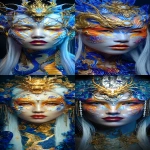

](https://images.ai-img.art/thumbnails/150/8d1fe5a7a49cfc96747182431a853357913286d89258383caab2d3b4681afcb5.webp)

](https://images.ai-img.art/thumbnails/150/2fbd98ecfc425cfc1597779121e1c0305437067779e9c471eb64ff9615d5be98.webp)
